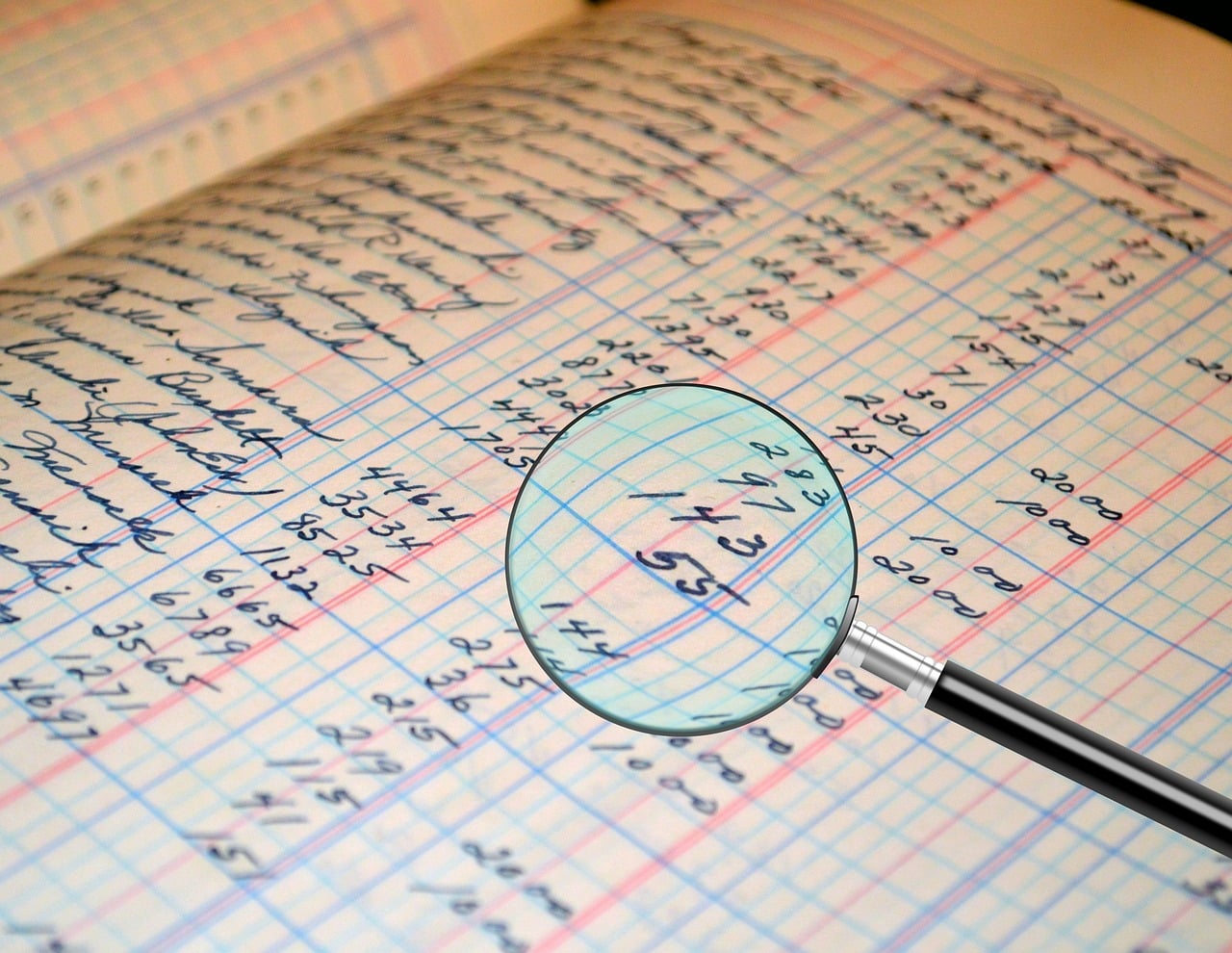
The verb haber usually assumes an auxiliary function.
Haber is an irregular verb that usually fulfills auxiliary functions . Before entering fully into the meaning, we are going to proceed to know its etymological origin: we can emphasize that it is a word that derives from Latin, exactly from the verb habere , which can be translated as “have” or even “possess an ability.” .
Haber, in this framework, allows the conjugation of other verbs in the case of compound tenses . For example: “Surely you have seen what happened” ( “habrás” / haber), “I have already told you everything I know” ( “he” / haber), “What did you do last night?” ( “has” / haber).
It can also be used to denote the obligation or need to do what the accompanying infinitive verb expresses: “I have to go to school, otherwise my parents will be angry” ( “he” / haber), “If I don't find another job in In the next few days, I will have to keep this job” ( “habré” / haber), “I had to go to the police station to sign some papers” ( “habré” / haber).
In impersonal, haber is linked to happening , existing or being : “Traffic is interrupted because there was an accident” ( “there was” / haber), “Next week, in the cultural center room, there will be a benefit theater performance.” of the earthquake victims” ( “there will be” /have), “There must be about two hundred people in the restaurant.”
Credit in accounting
In the field of accounting , assets , assets or rights owned by a legal or natural person are called assets. On a balance sheet, accounts are divided into debits ( liabilities ) and credits ( assets ).
An account is thus divided into two columns. In the debit column, expenses and obligations (payments, debts, taxes, etc.) are recorded. Credit, on the other hand, includes income and financial rights (money obtained from sales, interest collected on each investment).
The accounting entry
The accounting entry is the record of an output or an entry that is recorded in the accounting book . Credit is the part of the entry that includes increases in income, net worth and liabilities and reductions in expenses and assets.
It can be said that credit is the counterpart of debt . In an accounting entry, both quantities must always match.
All accounting operations carried out within the framework of a company's activity must be recorded through an accounting entry. In the credit, the number and name of the accounting account must be indicated along with the amount of the transaction in question.
In this way, the credit balance is reflected in the credit. The sum of these charges implies the total credit available to the company, while the sum of the charges recorded in the debit constitute the totality of the debits.

An accounting account is divided into debit and credit.
Credit in double entry accounting
It is important to refer to the idea of double-entry accounting , which requires that each of the operations be recorded twice: once credit and once debit. This is because an accounting entry represents an income and an outflow of equity.
In other words: when one asset element grows (for example, with the acquisition of machinery), there is another that suffers a decrease (money that comes out when the payment is made to complete the purchase). That is why, as we already mentioned, credit and debit are opposite and complementary , with an amount that must match in the accounting entry.
The assets and rights of the company, which constitute the asset accounts , increase their value with the entries in the debit and reduce it with the entries made in the credit. On the contrary, the obligations with third parties involve liability accounts , whose value grows with the entries in the credit and falls with what is recorded in the debit.

The income of a company is recorded in the credit.
Distinction with "let's see"
No less important is to know that, sometimes, haber is very confused with the expression “let's see.” However, they are different terms and also have different meanings.
In order to differentiate them, it must be taken into account that haber, as we have mentioned, can be used as an auxiliary verb, as a noun to refer to the set of goods that a person has and as an impersonal verb.
"Let's see" , on the other hand, is used as an expression in different situations and also as a synonym for various concepts:
- It can be used, for example, as a synonym for “let's see.” For example: “Let's see what happens tonight.”
- In the same way, it can also be used as a synonym for “naturally” and even “of course” .
- It should not be overlooked that it can also serve as an element used to attract a person's attention: “Let's see, who is accompanying me to the party?” .
- In this list of uses of “let's see” , we cannot overlook that it can also be used in interrogative phrases.
- Likewise, it can be used before the conjunction “if” and in situations of interest or expectation.
